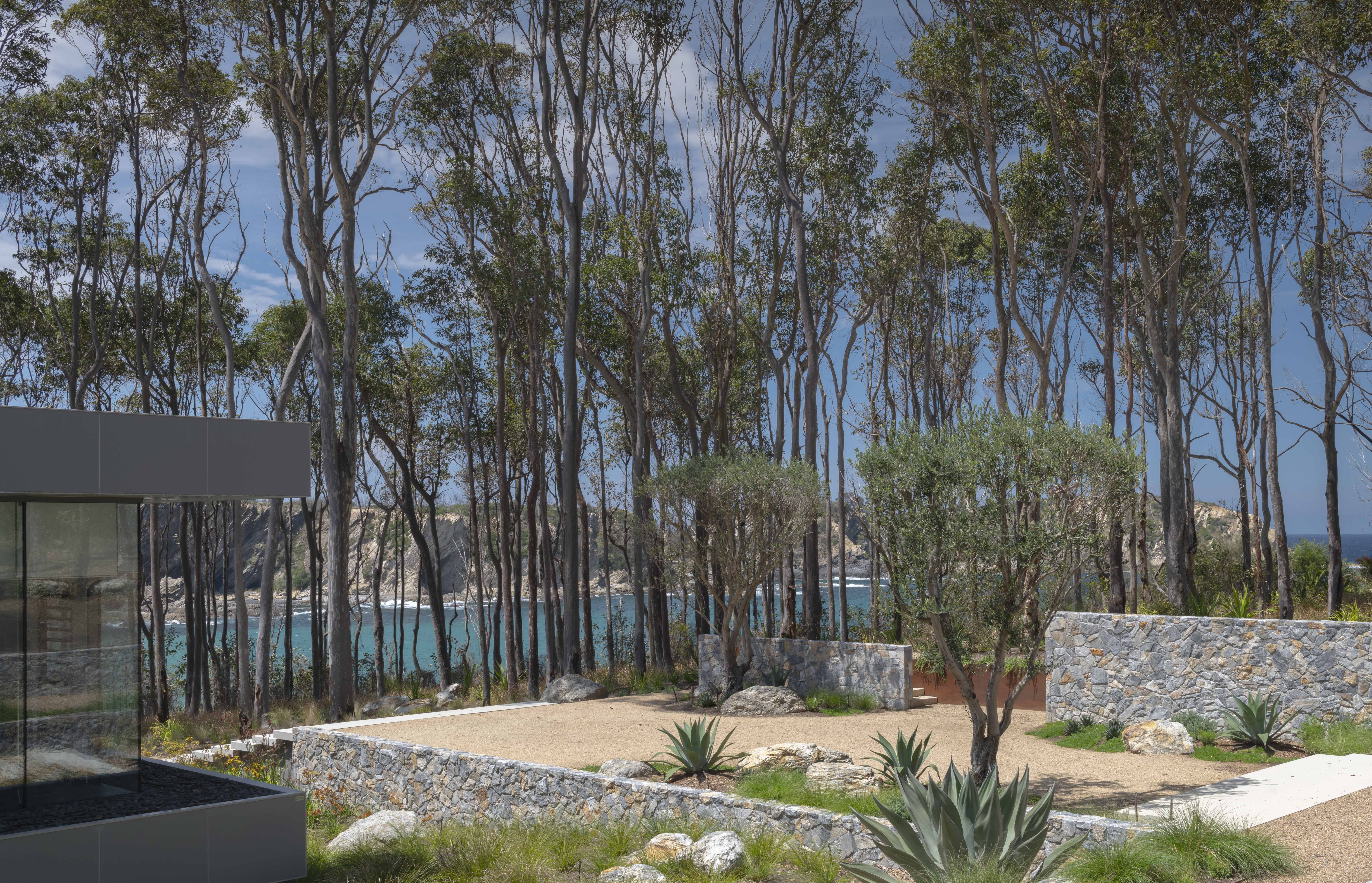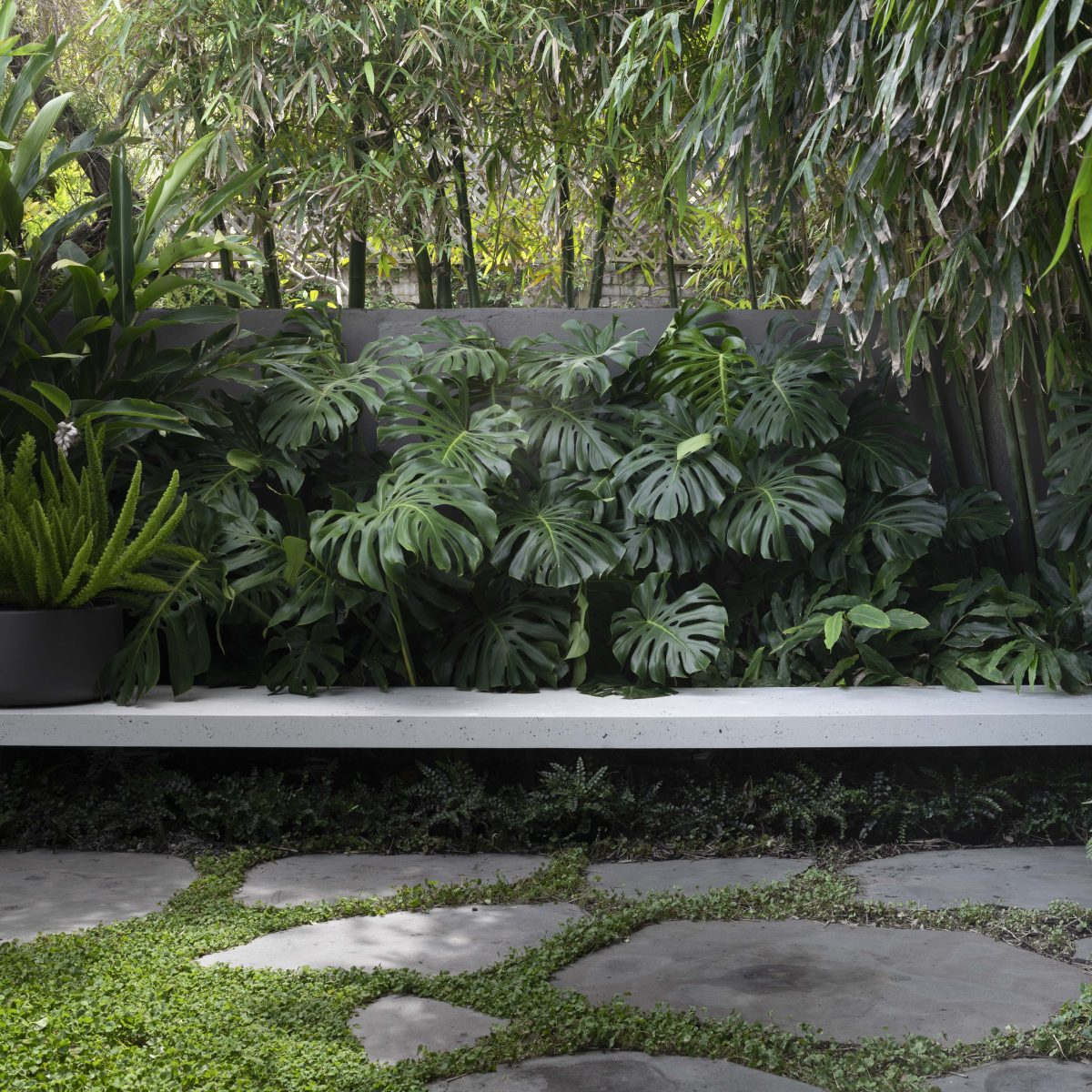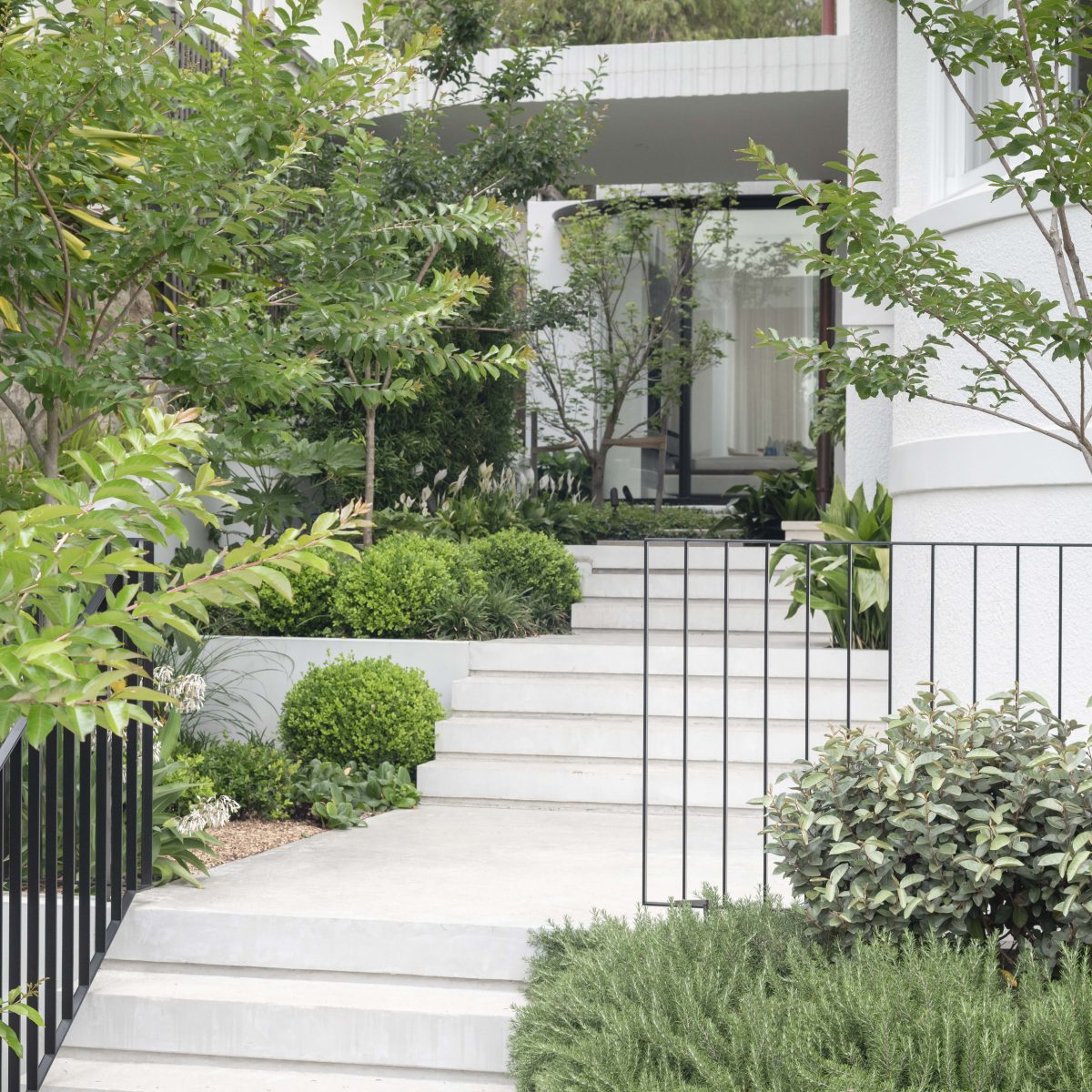Modern landscape design focuses on creating beautiful outdoor spaces that are also easy to care for. Low-maintenance material selection plays a key role in achieving this balance, allowing gardens to be enjoyed without the constant upkeep. When designing a new garden or updating an existing one, choosing the right materials can save time, reduce costs, and ensure your space remains stunning for years to come.
Benefits of Low-Maintenance Materials
Time-saving: Using low-maintenance materials minimises the need for regular upkeep. This means less time spent cleaning and repairing, allowing you to focus on enjoying your outdoor space.
Cost-Effective: While some low-maintenance materials may have a higher upfront cost, they often save money in the long run. Reduced maintenance and fewer replacements contribute to significant savings over time.
Durability: Low-maintenance materials are typically chosen for their resilience. They can withstand harsh weather and wear and tear, making them ideal for outdoor use.
Sustainability: Many low-maintenance materials are eco-friendly, requiring fewer resources to maintain while lasting longer than other options. Choosing sustainable materials contributes to a greener planet.
Aesthetic Appeal: Low maintenance doesn’t mean sacrificing beauty. Modern durable materials are designed to be both functional and visually pleasing, creating a look that enhances the overall design of your garden.

Top Low-Maintenance Materials for Landscaping
Gravel and Pebbles are versatile and easy to install. They can be used for pathways, outdoor seating areas, permeable driveways, as a filler between steppers, or simply as a garden mulch. They are excellent for drainage and weed suppression, requiring minimal upkeep beyond occasional raking.
Concrete is a staple in low-maintenance landscaping. Its versatility allows it to be used for patios, pathways, retaining walls, or decorative features. Polished concrete can mimic more expensive materials like stone or tile while offering superior durability.
Organic Mulch, such as bark chips or wood shavings, not only looks great but also suppresses weeds, retains soil moisture, and improves soil health as it decomposes.
Corten Steel is both beautiful and practical. Its rich, rusty patina adds warmth and texture to gardens, while its durability makes it ideal for edging, planters, retaining walls or even sculptures.
Natural Stone, such as sandstone, limestone, and granite, is long-lasting and elegant. They require little maintenance beyond occasional cleaning and are perfect for patios, pathways, or feature walls.
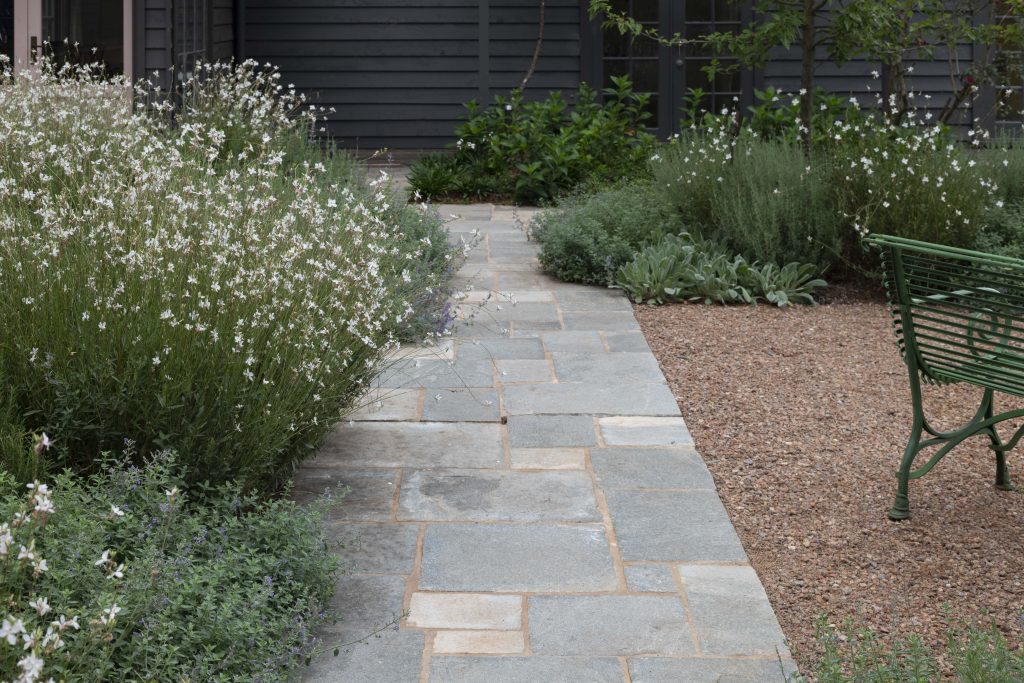
Design Tips for Incorporating Low-Maintenance Materials
Simplify Your Layout: Opt for clean lines and simple layouts that are easier to maintain. Minimise using intricate patterns or designs that may require extra cleaning or repair.
Incorporate gravel areas: Replace high-maintenance grass with low-maintenance pea gravel or ground covers like creeping thyme, native violet or dichondra. These options suppress weeds and retain moisture without constant mowing.
Design with larger pavers or slabs: Fewer joints mean less chance for weeds or moss to grow between them.
Plan for proper drainage: Ensure water does not pool on surfaces, reducing the incidence of moss, staining, and erosion.
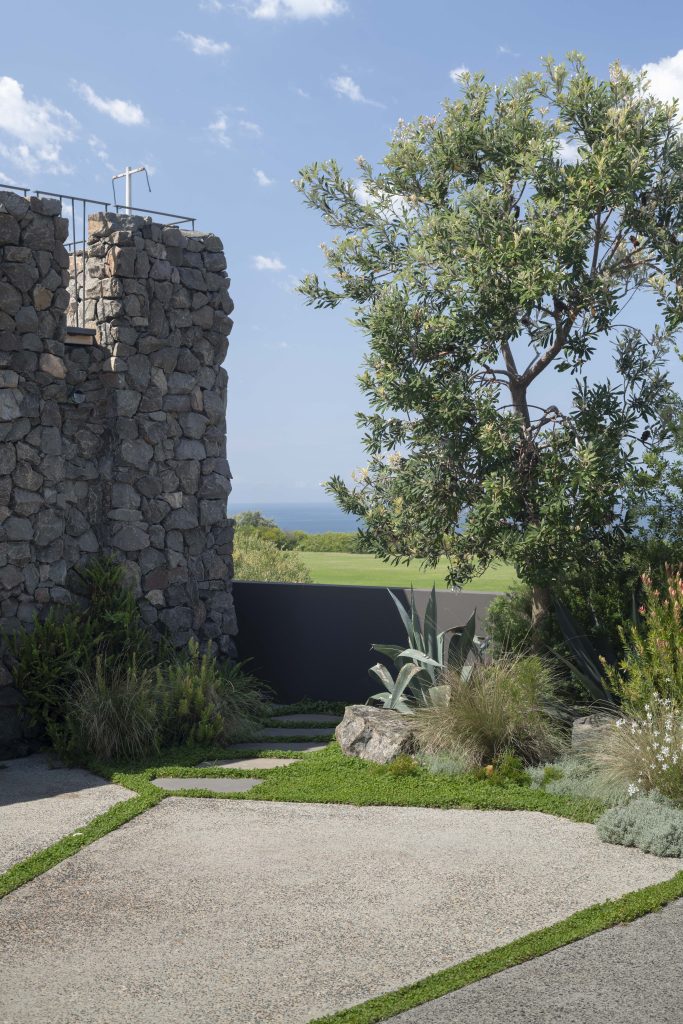
Low-maintenance materials make it easier than ever to enjoy a beautiful, functional garden without the constant effort of traditional maintenance. By choosing durable, sustainable options and incorporating thoughtful design elements, you can create an outdoor space that’s both practical and visually appealing. With the right approach, your garden can remain a source of relaxation and enjoyment for years to come.
Photography by Nicholas Watt
